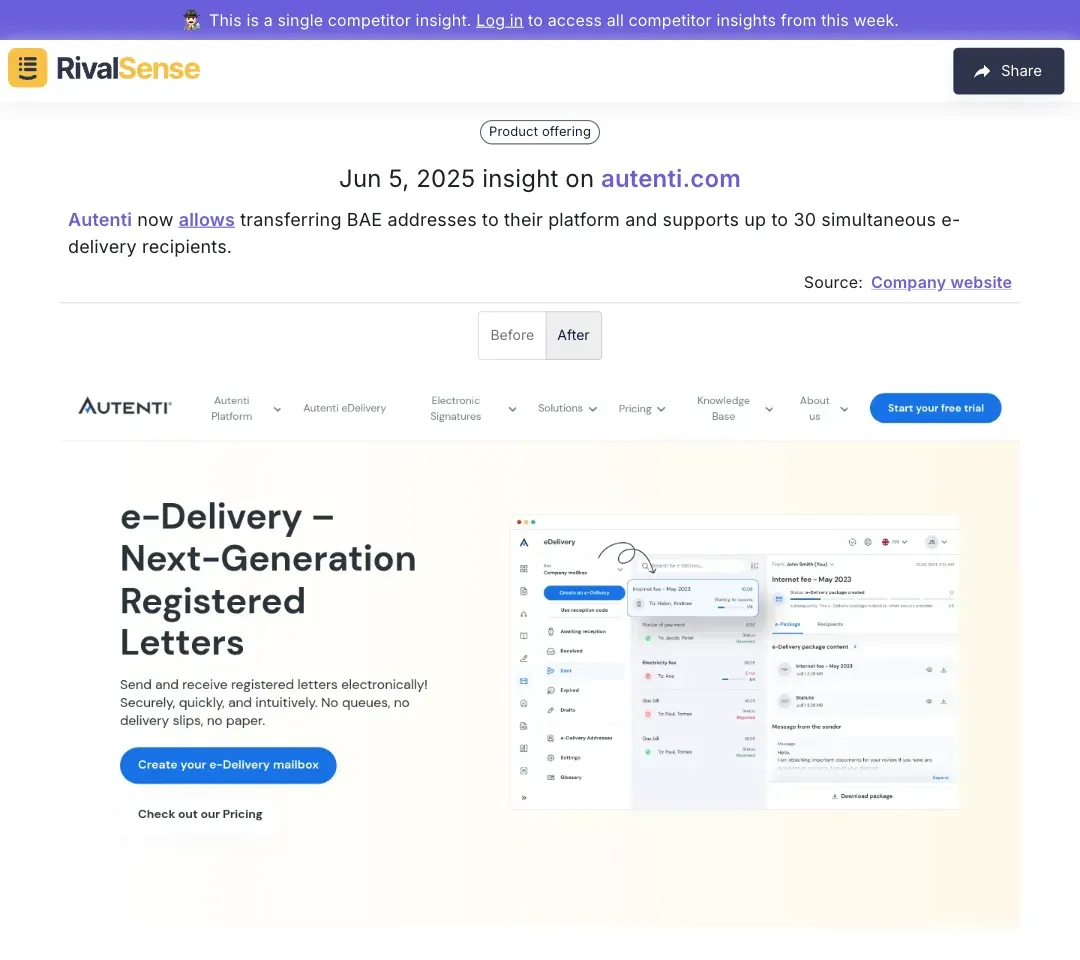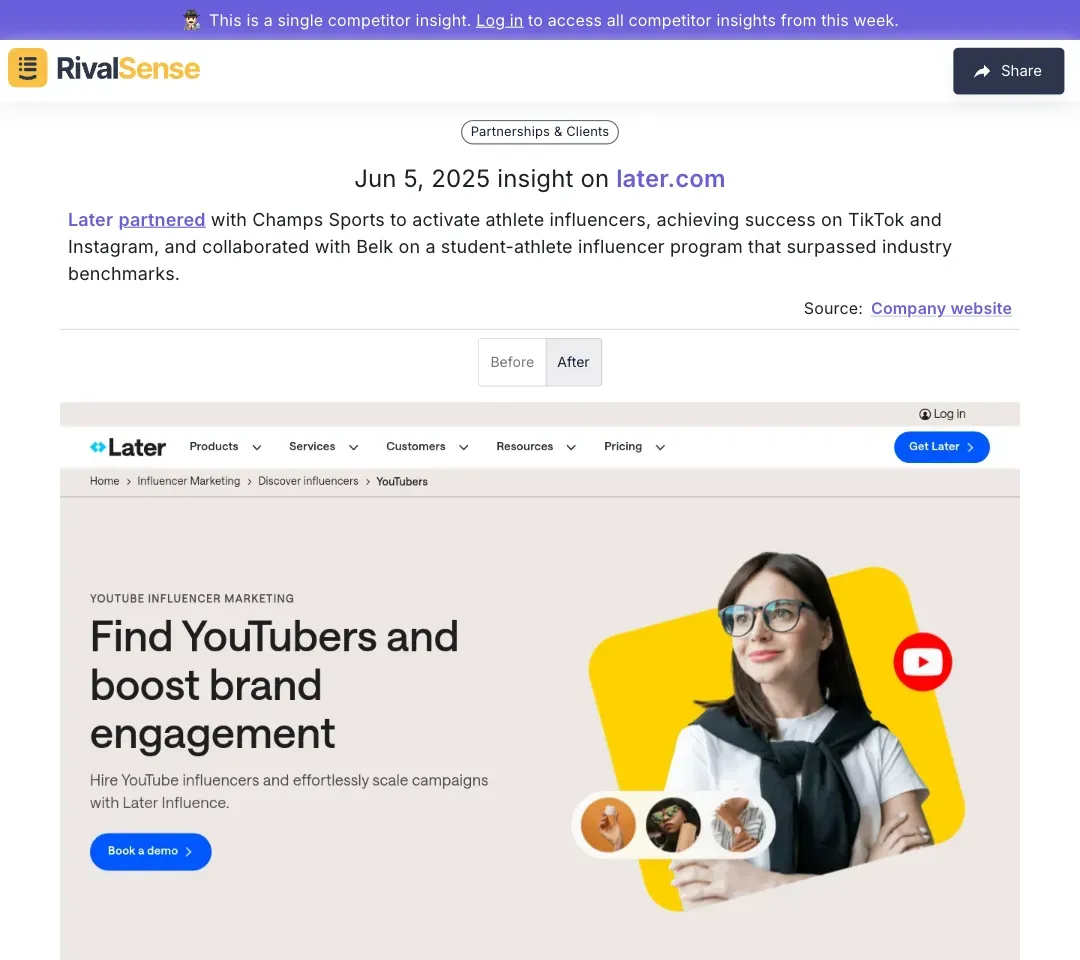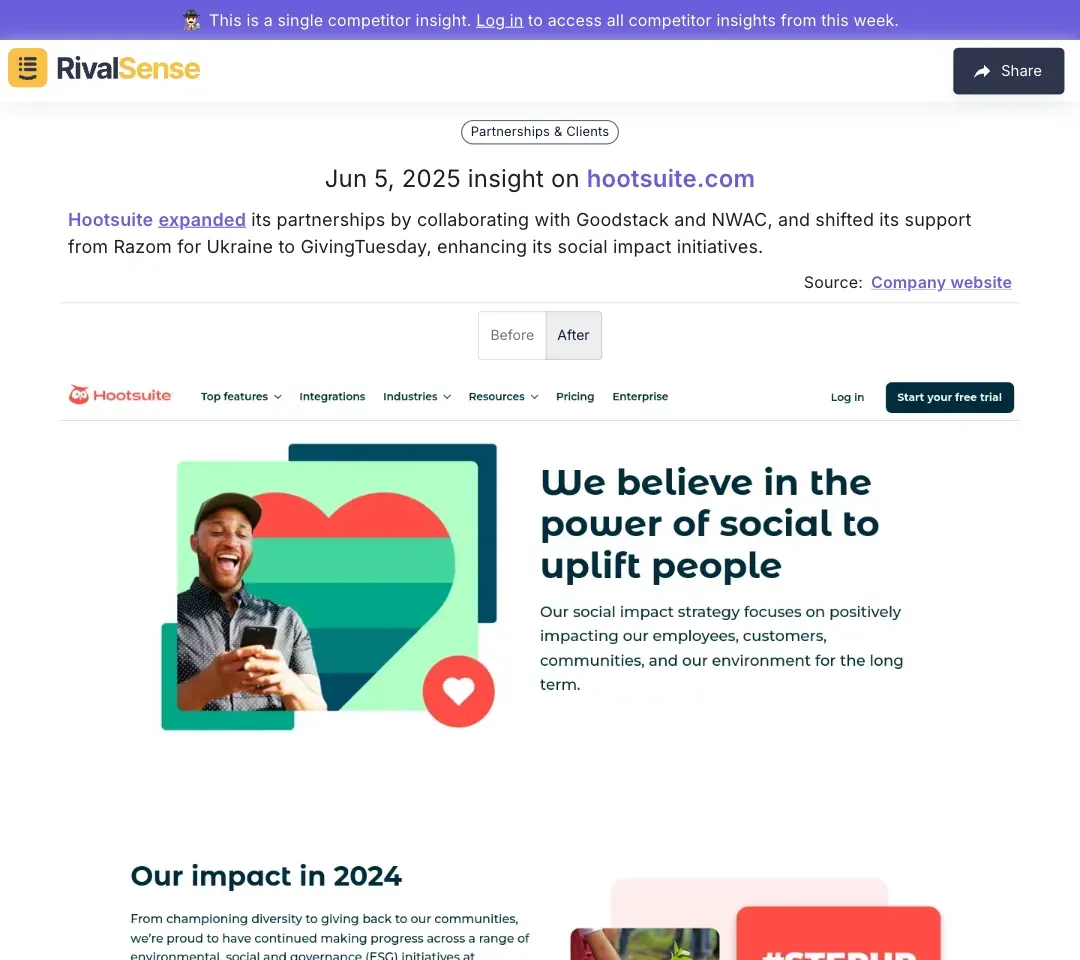Mastering Competitor API Strategy Analysis: A Guide for Business Leaders
In today's fast-paced business environment, staying ahead of competitors is not just an advantage—it's a necessity. For founders, CEOs, and business leaders, leveraging competitor API strategy analysis unlocks actionable insights that drive data-driven decisions and sustainable growth. This guide provides practical frameworks to harness this powerful approach effectively.
Why Competitor API Strategy Analysis Matters 🌟
Understanding competitor API strategies provides critical intelligence for strategic positioning. By analyzing how rivals structure their digital integrations, you gain visibility into their technical priorities and market focus. Specifically, this approach allows businesses to:
- Track Competitor Moves in Real-Time: Monitor product launches, pricing changes, and feature updates to avoid being blindsided
- Identify Market Gaps: Spot underserved customer needs or integration opportunities competitors overlook
- Enhance Strategic Planning: Benchmark your API ecosystem against industry standards and innovate proactively
Real-World Examples: Turning Insights into Strategy 🚀
Competitor tracking reveals actionable patterns across multiple dimensions. Here are recent examples uncovered through API-powered analysis:
-
Product Feature Expansion

Autenti now allows transferring BAE addresses to their platform and supports up to 30 simultaneous e-delivery recipients.
Strategic value: Tracking feature upgrades helps anticipate market expectations and identify integration gaps in your own offerings. -
Partnership-Driven Growth

Later partnered with Champs Sports to activate athlete influencers, achieving success on TikTok/Instagram, and collaborated with Belk on a student-athlete program surpassing benchmarks.
Strategic value: Monitoring partnerships reveals new market entry strategies and high-performing collaboration models worth emulating. -
Ecosystem Evolution

Hootsuite expanded partnerships with Goodstack/NWAC while shifting social support from Razom for Ukraine to GivingTuesday.
Strategic value: Observing ecosystem changes signals strategic pivots and helps benchmark your own partnership effectiveness.
Practical Steps to Implement Competitor API Strategy Analysis ⚙️
Building an effective analysis system requires methodical execution. Follow this actionable framework to operationalize competitor intelligence:
- Identify Key Competitors
Prioritize 3-5 direct competitors with overlapping customer segments or API ecosystems - Choose Monitoring Tools
Implement platforms like RivalSense that track 80+ sources including developer portals, GitHub, and API directories - Set Up Automated Tracking
Configure API endpoints to ingest competitor documentation changes, version updates, and integration patterns - Analyze Strategic Patterns
Monthly review: Map feature releases against pricing tiers and partnership announcements
Checklist for Effective Analysis ✅
- [ ] Define 3 specific intelligence goals (e.g., track pricing changes)
- [ ] Select tracking tool with API integration capabilities
- [ ] Establish dashboard for real-time endpoint monitoring
- [ ] Schedule bi-weekly insight review sessions
- [ ] Assign action owners for strategy adjustments
Pro Tips for Maximizing Value 💡
Successful analysis requires both technology and human insight. These proven techniques enhance results:
- Automate Collection: Use tools to monitor developer forums and changelogs automatically
- Cross-Reference Data: Combine API metrics with traffic analytics (e.g., Semrush API documentation visits)
- Decode Documentation: Analyze competitor API schema changes to predict feature roadmaps
- Benchmark Performance: Compare your API latency/uptime against competitors using public status pages
How RivalSense Accelerates Your Analysis ⚡
RivalSense transforms scattered competitor data into actionable intelligence. The platform delivers:
| Feature | Business Impact |
|---|---|
| Automated weekly reports | Saves 10+ hours/week on manual tracking |
| Cross-channel monitoring | Tracks GitHub, API directories, and developer portals in one place |
| Change detection alerts | Notifies within minutes of competitor endpoint modifications |
| Partnership tracking | Reveals integration patterns and ecosystem expansion strategies |
Final Thoughts
Competitor API strategy analysis provides the radar system for navigating market shifts. By systematically tracking technical and strategic moves, you turn competitive intelligence into revenue opportunities.
Ready to decode your competitors' API playbook?
👉 Try RivalSense for free and get your first competitor report today!
📚 Read more
👉 Baby Goods Competitive Audit: A Step-by-Step Cheat Sheet for Retailers
👉 How Namirial's Rebranding Shifted Competitor Strategies
👉 Harness LinkedIn for Market Intelligence: A Strategic Guide for B2B Leaders
👉 Workflow Breakdown: Market Research for Auto Glass Leaders
👉 How Competitor Hiring & Layoffs Reveal Financial Strategies
